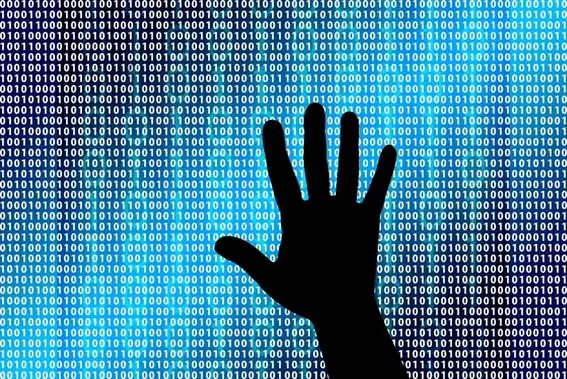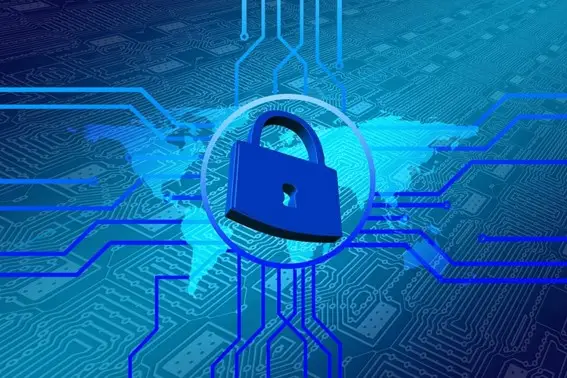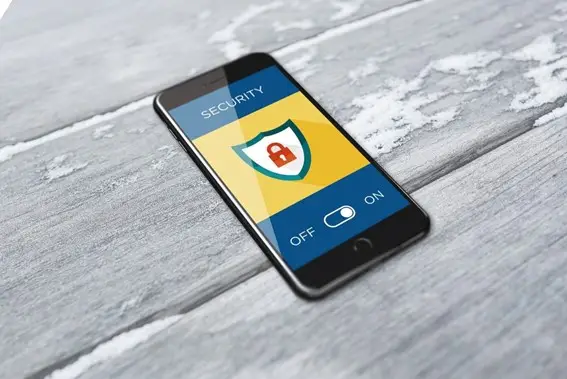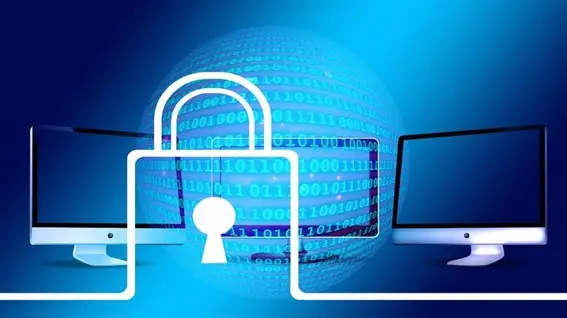focus notes


Introducing the types of malware, infection routes, and infection prevention measures

table of contents
Malware is a malicious program that gets into your computer system and does malicious things.A typical example is a computer virus, but there are many other types.
Learn about the types of malware and how they spread to protect your computer and your information. This article will also introduce measures to prevent infection.
Typical malware types
Malware uses vulnerabilities and information in a computer's security system to infiltrate the computer and perform unauthorized and harmful attacks to cause damage.So what types of malware are there?
Types of malware are classified according to their propagation methods and effects. Introducing the typical types of malware.
virus
What is a virus?Malicious programs that modify or interfere with the operation of infected programsis. It is characterized by its ability to infect, self-propagate, and incubate.
worm
What is a worm?Programs that interfere with the operation of other programs or cause unintended reactionsis. Worms also have an infection function, but unlike parasitic viruses, they replicate themselves and spread throughout the network, and they create loopholes in security systems called "backdoors" to allow re-intrusion. However, it is a characteristic.
trojan horse
Trojan horse isIt infiltrates computers and causes damage such as destroying files and leaking user information.By increasing the vulnerability of the system, it facilitates takeover damage.
Please be careful as the appearance may be designed to look useful or fun, such as security software or game software.
spyware
Spyware is malware that specializes in stealing user information.It steals personal information, credit card information, etc. stored on the Internet and automatically sends it to external parties.
bot
The bot isA program that allows an attacker to remotely control a computer from the outside.is. Users may unintentionally send files to external parties or become the source of spam email.
Other malware
In addition to the above,Adware, phishing, pharming, spam, keyloggers, logic bombsThere are various types such as.
Malware infection route
How exactly does the malware described in the previous chapter infect our computers? In fact, malware has a wide variety of infection routes, and its effects and effects upon infection vary depending on the type of malware.
fundamentally,Be aware that media used by an unspecified number of users may always have the potential for malware infection.recommend.
The typical infection route of malware is"Mail" "Web" "Shared files" "External hard disk"There are four.
You may be infected with malware by reading email HTML scripts, attachments, image files or malicious sites on the Internet, files shared within an organization's network, or external storage media such as USB memory. is.
When using such media,Please be careful about things like ``Do not open anything whose source or contents are unfamiliar to you'' and ``Use the virus scan function of your security software when opening it.''
How to prevent malware infection
Malware can infect you without you knowing, and once you realize it, it can cause damage not only to you but to those around you. In this chapter, we will introduce five measures you can take on a daily basis to avoid being infected with malware.
1. Keep your software up to date
Malware is constantly being updated and trying to exploit existing operating systems.Always keep your OS up to dateThis is the basis for preventing malware intrusion.
2. Install security software
Security software has functions that prevent malware from entering, issue a warning in the event of an intrusion, and remove it. Installing it will give you peace of mind in case you get infected, but you need to be careful about the download source.
There are malicious programs such as Trojan horses that claim to be security software.Choose carefully whether the software creator is trustworthy or not.
3. Use strong passwords
There are several points to consider when creating a password with high security.
・Make the string longer
It is said that the longer the password, the stronger it is.
・Make a complex password
Include letters, punctuation, symbols and numbers. Also, it seems that the content that uses the entire keyboard becomes more complex.
・Do not include common words or personal information
Avoid using personal information such as the user's name, date of birth, driver's license number, passport number, etc. as it can be easily guessed.
In addition, we recommend that you do not share your password with anyone, do not reuse it for multiple accounts, and update it regularly.
4. Always turn on your firewall
A firewall acts as a security guard between your computer and the Internet. This featureMake sure it's not turned offLet's try.
5. Be careful when using external hard disks and external files
When importing an external hard disk such as a USB, CD, or DVD to your computer,Check to see if you recognize the owner or the contents.
It is safer to avoid opening unknown disks. Furthermore, when importing a hard disk, you can check it in detail by using the virus scan function.
Take proactive measures against ever-evolving malware

How was it? Infection with malware can result in various damage, such as personal information being stolen or money being demanded.And it may spread to those around you at an astonishing speed through computers.
Malware attack methods are evolving day by day. The older the OS (operating system), the more easily it can be exploited.The important thing is to take every security precaution you can.Please take a look at this article as a reference.
[Reference site]
・“Malware threats and countermeasures” │JNSA
・Types of malware and their damage│Sony Payment Services
・Create and use strong passwords | Microsoft
・Information security site for citizens│Ministry of Internal Affairs and Communications
Achievements left behind
48 years since its establishment.
We have a proven track record because we have focused on what is important.
It has a long track record in both the public and private sectors.
Number of projects per year
500 PJ
Annual number of business partners/customers
200 companies
Maximum number of trading years
47 years
Total number of qualified persons
1,870 people






